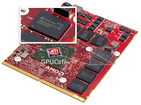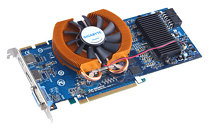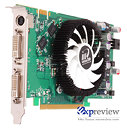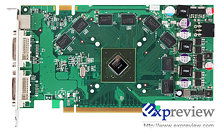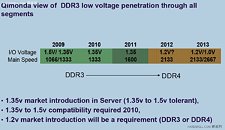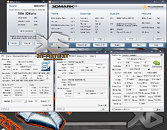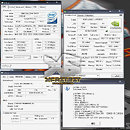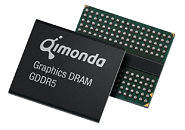Infineon Resolves 15-Year Qimonda Dispute with €800M Settlement
After nearly 15 years of legal disputes, Infineon Technologies and Qimonda's insolvency administrator have reached a final settlement, with Infineon agreeing to pay €800 million. The conflict centered on the valuation of memory business assets that Infineon spun off in 2006 to create Qimonda, once a global leader in memory chip manufacturing with 13,500 employees worldwide.
Qimonda's journey was short-lived. It debuted on the New York Stock Exchange in August 2006 but filed for insolvency by January 2009. Legal proceedings initiated in 2010 focused on claims that Qimonda's balance sheet was underfunded during the spin-off. The insolvency administrator alleged that the transferred memory business was undervalued, leading to a lawsuit for reimbursement of the share value discrepancy.
Qimonda's journey was short-lived. It debuted on the New York Stock Exchange in August 2006 but filed for insolvency by January 2009. Legal proceedings initiated in 2010 focused on claims that Qimonda's balance sheet was underfunded during the spin-off. The insolvency administrator alleged that the transferred memory business was undervalued, leading to a lawsuit for reimbursement of the share value discrepancy.









